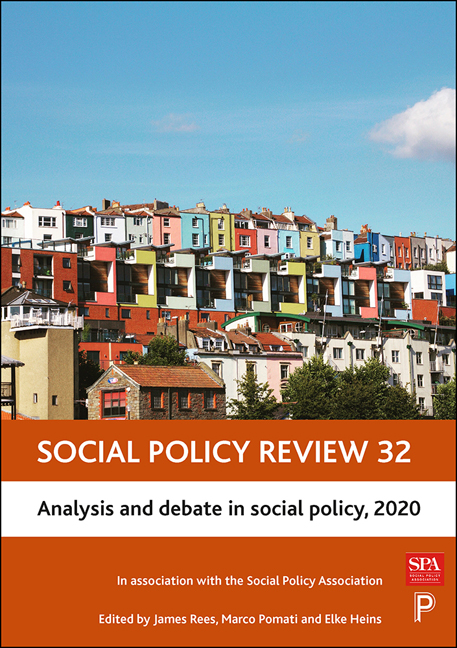8 - How Geographical and Ideological Proximity Impact Community Youth Justice (In)Accessibility in England and Wales
Published online by Cambridge University Press: 18 March 2021
Summary
Introduction
In England and Wales, youth justice is diminishing and diversifying, with increasingly localised delivery serving fewer convicted children in more institutional settings. Although reduced child criminalisation should be broadly celebrated (YJB, 2019d), sectoral cogence is becoming threatened by community sentence dispersal – an unintended consequence that remains opaque in policy terms. Appointment journeys are increasing in distance and complexity, with the accessibility policy gap remaining fractured from its higher-profile partner, location (YJB, 2010, 2019b; Brooks-Wilson, 2019). This chapter develops knowledge by applying the interdependent concepts of geographical and ideological proximity to youth justice for the first time, unearthing structural inequalities and system injustices in the process (D’Este et al, 2013; Rekers and Hansen, 2015; Phoenix, 2016). Community sentence completion will be evidenced as impacted by different configurations of location, ideology and accessibility, warranting urgent attention. Despite punitive treatment being ideologically outdated, recently revised case management guidance still connects appointment absence with the formal punishment of children (YJB, 2014, 2019d). Contrastingly, inclusive and flexible practice is typical of ‘active’ institutional types, which this chapter will align with the exonerative turn, within which ‘child first’ youth justice is seated (Smyth and Hattam, 2002; Haines and Case, 2015; Allars, 2018). Despite being ideologically optimal, ‘active’ institutional types are not universally apparent, with associated sectoral fragmentation presenting new opportunities for policy innovation, and minimum standards providing a credible solution (Bradshaw et al 2008, Padley et al, 2013; Davis et al, 2016).
This chapter develops new knowledge on youth justice accessibility, using reanalysed empirical data from a research study that took place in 2012 – a point at which austerity was starting to impact the delivery of local services. A total of 28 children and 33 practitioners were accessed in a research project containing two main case studies, with some of the most deprived neighbourhoods and highest community sentence non-completion rates in the country (DCLG, 2011; MoJ, 2012). Findings will examine three areas: how geographical and ideological proximity develop knowledge on sentence completion; problems accessing partner agencies that are not proximate; and how youth offending team (YOT) practitioners facilitate partner agency access. Implications include policy innovation through alternative ‘minimum standards’ approaches (Bradshaw et al 2008, Padley et al, 2013; Davis et al, 2016), with new opportunities for a malleable, accessibility safety net benefitting marginalised children who remain responsible for increasingly complicated youth justice journeys.
- Type
- Chapter
- Information
- Social Policy Review 32Analysis and Debate in Social Policy, 2020, pp. 183 - 206Publisher: Bristol University PressPrint publication year: 2020



